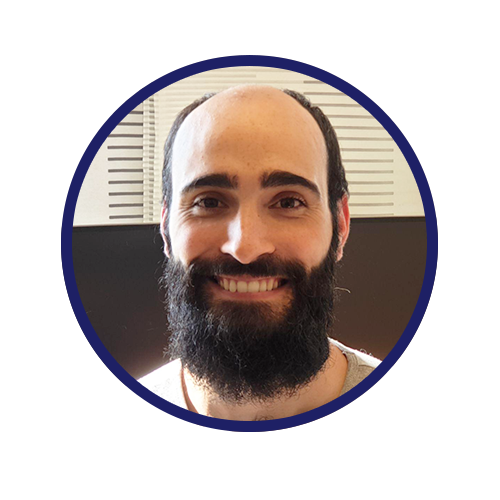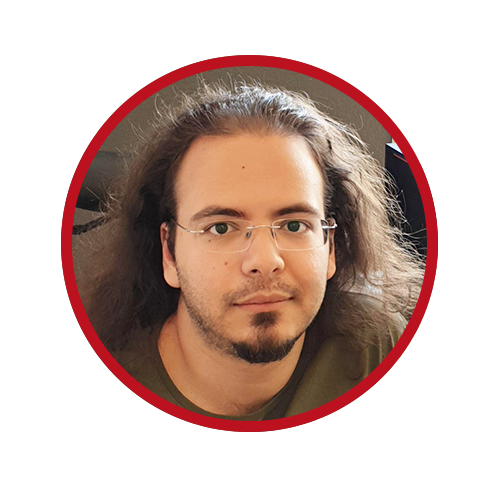Tutorial 4 intro: ROS/Neptus Integration Tutorial
ROS is quickly gaining traction within the AUV community as a readily available middleware that is easy to set up and use. In the larger robotics community, the adoption of ROS and the development of standard robotics software components has led to an accelerated pace of progress over the last several years. In order to gain similar advantages underwater there is a need to connect established AUV open source software to ROS. One such package is Neptus, which has modules for planning, execution and review of AUV missions. Neptus can be used as a high-level, off-board interface to plan missions that are then communicated via IMC to an on-board control system that converts the abstract high-level commands to sequences of more complex control behaviors to be executed by the vehicle. DUNE is an example of one such on-board system with wide support that uses IMC natively. For systems that do not use IMC, there needs to be a conversion from that peer-to-peer messaging paradigm to the ROS publish-subscribe (topic) based paradigm. For example, SMaRC has developed a ROS-based system based on a behavior tree control structure along with simulation environments. The two software systems can communicate through a module that is simultaneously a ROS and IMC node. The result is a way for Neptus to link to ROS in a natural way. This tutorial will describe and demonstrate how the powerful features of the Neptus software can be fully integrated with the SMaRC ROS based system to run behavior tree plans in simulation environments using Gazebo and Simulink that include multiple vehicles, sensor modeling, and vehicle dynamics.
__
The tutorials are consisted of introduction presentation of 30 minutes and hands-on part of 60min. Tutorial hands-on and demos are divided in three groups which will rotate together every hour:
| 15:30 – 16:30 | Group 1 Demo 1: University of Porto |
Group 2 T4 hands-on: KTH |
Group 3 Demo: Sonardyne |
| 16:30 – 17:30 | Group 2 Demo 1: University of Porto |
Group 3 T4 hands-on: KTH |
Group 1 Demo: Sonardyne |
| 17:30 – 18:30 | Group 3 Demo 1: University of Porto |
Group 1 T4 hands-on: KTH |
Group 2 Demo: Sonardyne |

